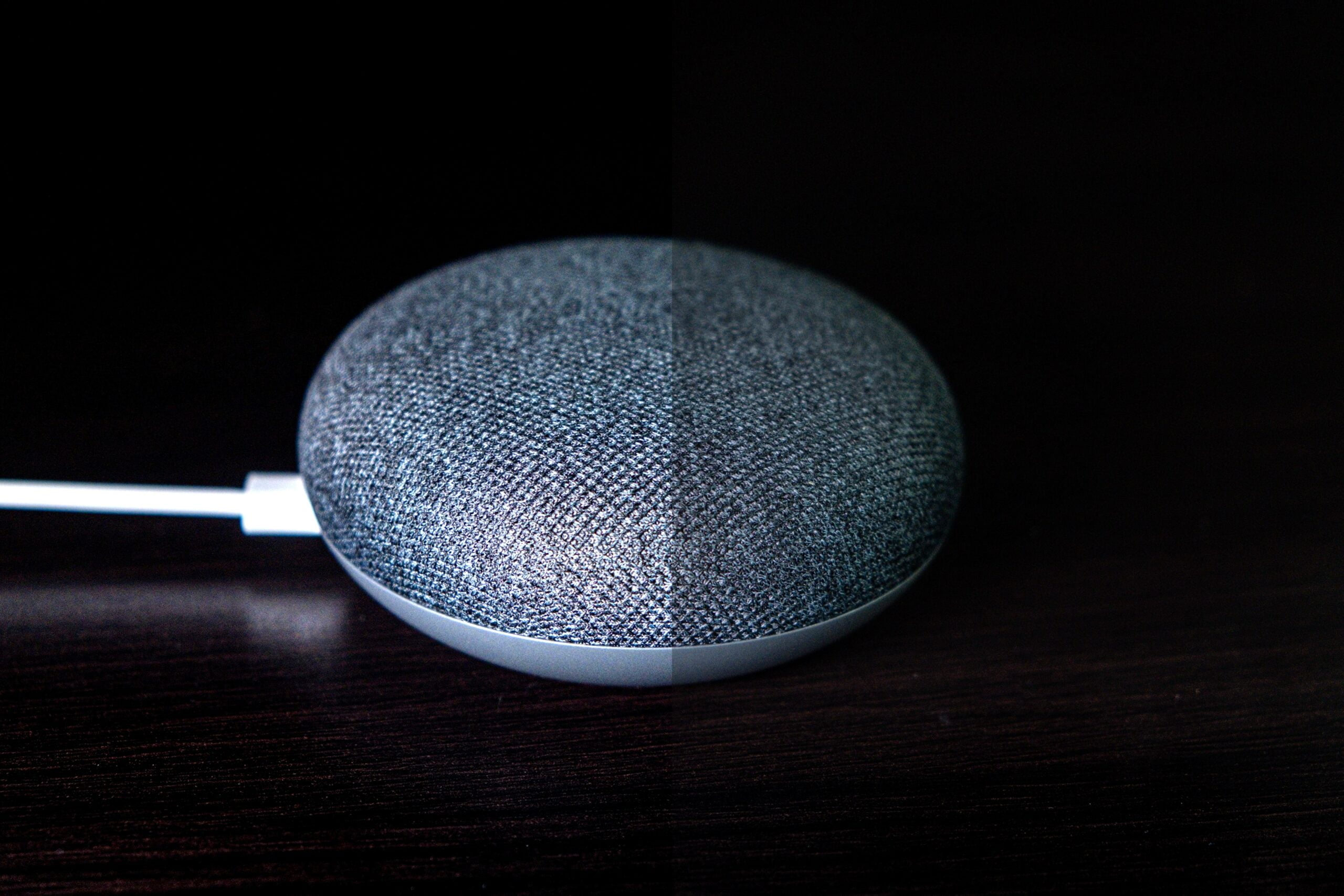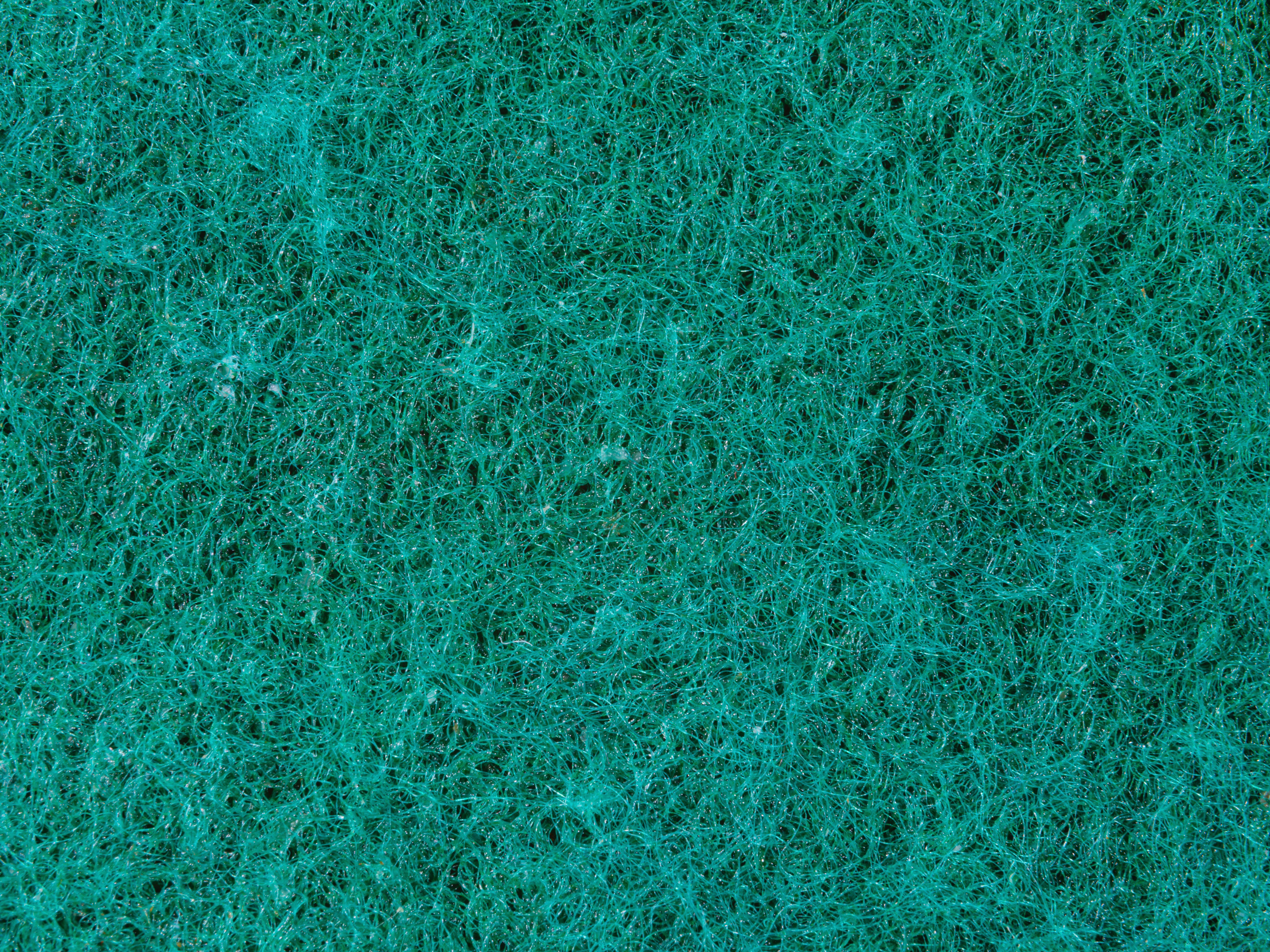Get ready to dive into the mesmerizing world of glass sponges! In this article, we will unravel the enigmatic nature of these fascinating creatures and explore the intriguing facts surrounding them. From their unique characteristics to their ecological significance, we will take a closer look at the wonders of glass sponges. Prepare to be amazed as we delve into the depths of the ocean and discover the secrets that these mysterious organisms hold. So, grab your snorkel and get ready for a journey like no other as we uncover the captivating world of glass sponge facts.

Glass Sponge Facts
When it comes to intriguing creatures of the ocean, few are as enigmatic as glass sponges. These remarkable organisms possess a delicate skeleton made of glass-like spicules composed of silica. Found primarily in the deep sea, glass sponges exhibit an array of fascinating characteristics and play a crucial role in marine ecosystems. In this article, we delve into the captivating world of glass sponges and uncover their unique attributes and ecological significance.
Glass sponges, belonging to the phylum Porifera, are a type of sponge known for their intricate glass-like skeletons. These skeletons, made up of fragile spicules, give the sponges their distinctive appearance and contribute to their scientific allure. Accounting for over 90 percent of all living sponge species, glass sponges are an essential component of marine biodiversity.
Did you know? The glass rope sponge, one of the most well-known species of glass sponges, builds its skeleton entirely out of silica, which lends it a striking glassy quality.
Unlike their more colorful counterparts, glass sponges tend to have a more subdued appearance. With their delicate framework and intricate structures, they often serve as an inspiration for artists and architects alike. In fact, glass sponges have even been considered a symbol of undying love in Japan, their ethereal beauty evoking emotions that transcend the depths of the ocean.
Glass Sponges: Masters of Filtration and Longevity
Glass sponges are fascinating not only for their aesthetic qualities but also for their impressive filtering abilities. As filter feeders, they rely on their specialized cells to trap and consume small bacteria and plankton that pass through the water. This diet makes glass sponges vital contributors to nutrient cycling in marine environments.
These unique creatures are known for their extraordinary lifespan as well. Some researchers believe that glass sponges could potentially be the longest-lived animals on Earth, with a lifespan estimated to reach up to 15,000 years. This longevity presents a captivating mystery that scientists are still unraveling.
Glass Sponge Reefs: The Hidden Biodiversity Hotspots
One of the most intriguing aspects of glass sponges is their role in the deep-sea ecosystem. Glass sponge reefs, resembling underwater forests, form breathtaking habitats that support a diverse range of marine life. These hidden havens, with their stunning beauty and crucial ecological significance, have become the focus of ongoing research.
The intricate structures of glass sponge reefs provide shelter and feeding grounds for numerous species, including fish, crustaceans, and other invertebrates. By creating complex habitats and acting as natural water filters, these reefs significantly contribute to the overall health and biodiversity of the deep-sea ecosystem.
Unveiling the Secrets of Glass Sponges
Unraveling the secrets of glass sponges is an ongoing mission for scientists and researchers. Their unique physical characteristics, ecological importance, and mysterious longevity make them a captivating subject of study. By furthering our understanding of these creatures, we gain valuable insights into the delicate balance of marine ecosystems and the hidden wonders that lie beneath the ocean’s surface.
In conclusion, glass sponge facts take us on a captivating journey into the depths of the sea. From their fragile glass-like skeletons to their crucial role in marine ecosystems, these enigmatic creatures continue to fascinate and awe scientists and enthusiasts alike. As we strive to uncover the mysteries surrounding glass sponges, we gain a deeper appreciation for the intricate web of life that exists beneath the waves.
Remember to respect and protect the oceans and the remarkable creatures that inhabit them. By doing so, we ensure the preservation of these captivating organisms and the ecosystems they call home.
“Dive into the mesmerizing world of glass sponges and unlock the secrets hidden within their delicate glass-like skeletons.”
Glass sponges are incredible creatures that inhabit the depths of the ocean. Did you know that these unique sponges have been around for over 600 million years? That’s right, they have stood the test of time and continue to thrive in the underwater world. If you’re curious to learn more about these fascinating creatures and uncover some fun facts, then you’re in luck! Click here to discover some captivating fun facts about glass sponges: fun facts about glass sponges. Prepare to be amazed by the wonders of the ocean!
FAQ
Q: What are glass sponges made of?
A: Glass sponges have a skeleton made of fragile, glass-like spicules that are made of silica.
Q: Are glass sponges the largest of all sponge species?
A: Yes, glass sponges belong to the Demosponges group, which can grow to be the largest of all sponges and account for more than 90 percent of all living sponge species.
Q: What is the most famous species of glass sponges?
A: Euplectella is one of the most famous species of glass sponges.
Q: What is the ecological importance of glass sponges?
A: Glass sponges are commonly found in the deep ocean and they serve as deep-sea biodiversity hotspots. They are currently the subject of ongoing research to understand their ecological significance.
Q: How long do glass sponges live?
A: Glass sponges have been considered the longest-lived animals on Earth, with a maximum estimated age of up to 15,000 years.
















